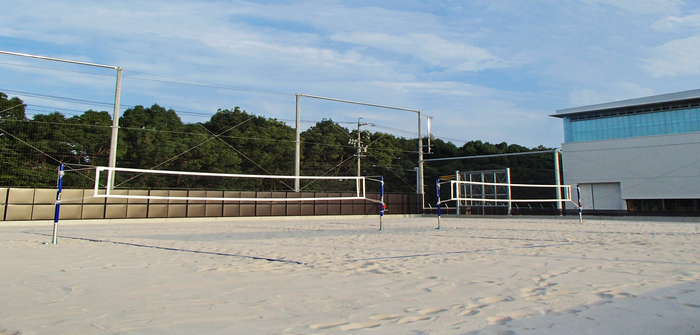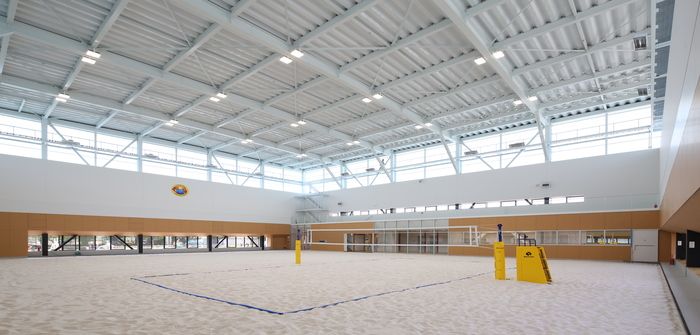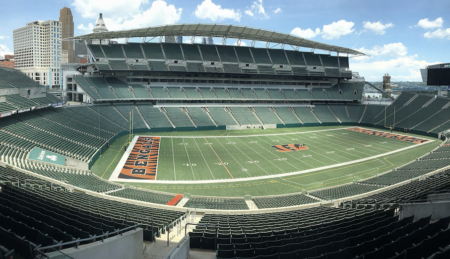As part of a push to raise interest in volleyball in Japan in the lead up to the 2020 Olympic Games the largest all-weather indoor beach volleyball court in the country has been created by Toyota.
At the car manufacturer’s Kinuura Plant in Hekinan City, Aichi Prefecture, two indoor courts and two outdoor courts have been built, offering flexible layout options and different types of sand to allow practice in diverse environments.
A steel-framed 14,692ft² (1,365m²) building, which houses the indoor courts and clubhouse, has been designed with large windows on all four sides to let in as much natural light as possible to provide the feel of an outside environment despite being covered from the elements during use in winter months and inclement weather.
The facilities will mainly be used by Toyota’s corporate beach volleyball team, which was established in 2015, but will also offer the chance for community use as well as inviting teams to train and compete in events held there. With beach volleyball part of the event program at the 2020 Olympic Games, Toyota aims to both help develop the growing sport and contribute to connecting people across society and in the local community.

“The Toyota Beach Volleyball Team is Japan’s first corporate team, and aims to promote the growth of competition and increase the appeal of the sport,” said Shunichi Kawai, general manager and coach of Toyota’s Beach Volleyball Team.
“In the lead-up to the Olympic Games Tokyo 2020, we are keen to energize Japan, starting in Aichi Prefecture, and from Hekinan City in particular. Using this outstanding environment allows us to practice no matter the weather, to produce athletes who have the ability to compete for podiums on the global stage, including the Olympic games.”
The construction of the facility introduces a number of energy-saving and environmentally-friendly features including the world’s first warm-water coils that use radiation panels to heat the floors and indoor courts as well as a cascade air conditioning system, which passes air from cooled and heated rooms through non-air conditioned spaces such as hallways and toilets before being dispelled outside.

July 4, 2018





